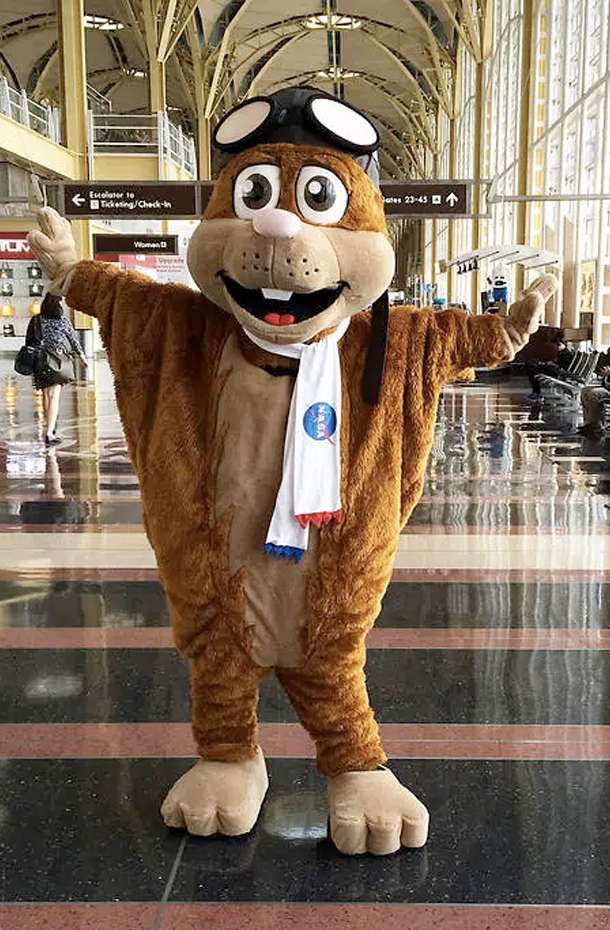NASA Spotlight: Felipe Valdez, an Inspiring Engineer
Felipe Valdez is someone who took advantage of every possible opportunity at NASA, working his way from undergraduate intern to his current job as a flight controls engineer. Born in the United States but raised in Mexico, Valdez faced significant challenges growing up. “My mom worked long hours, my dad battled addiction, and eventually, school […]

3 min read
Preparations for Next Moonwalk Simulations Underway (and Underwater)
Felipe Valdez is someone who took advantage of every possible opportunity at NASA, working his way from undergraduate intern to his current job as a flight controls engineer.
Born in the United States but raised in Mexico, Valdez faced significant challenges growing up.
“My mom worked long hours, my dad battled addiction, and eventually, school became unaffordable,” Valdez said.
Determined to continue his education, Valdez made the difficult choice to leave his family and return to the U.S. But as a teenager, learning English and adapting to a new environment was a culture shock for him. Despite these changes, his curiosity for subjects such as math and science never wavered.
“As a kid, I’d always been good with numbers and fascinated by how things worked. Engineering combined both,” Valdez said. “This sparked my interest.”
While he pursued an undergraduate degree in mechanical engineering from California State University, Sacramento, guidance from his professor, Jose Granda, proved to be pivotal.
“He encouraged me to apply for a NASA internship,” Valdez said. “He’d actually been a Spanish-language spokesperson for a [space] shuttle mission, so hearing about someone with my background succeed gave me the confidence I needed to take that step.”
Valdez’s hard work paid off – he was selected as a NASA Office of STEM Engagement intern at the agency’s Johnson Space Center in Houston. There, he worked on software development for vehicle dynamics, actuators, and controller models for a space capsule in computer simulations.
“I couldn’t believe it,” Valdez said. “Getting that opportunity changed everything.”
This internship opened the door to a second with NASA this time at the agency’s Armstrong Flight Research Center in California. He had the chance to work on flight computer development for the Preliminary Research Aerodynamic Design to Lower Drag, an experimental flying wing design.
After these experiences, he was later accepted as an intern for NASA’s Pathways Program, a work-study program that offers the possibly of full-time employment at NASA after graduation.
“That was the start of my career at NASA, where my passion for aeronautics really took off,” he said.
Valdez was the first in his family to pursue higher education, earning his bachelor’s degree from Sacramento State and his master’s in mechanical and aerospace engineering from the University of California, Davis.
Today, he works as a NASA flight controls engineer under the Dynamics and Controls branch at Armstrong. Most of his experience has focused on flight simulation development and flight control design, particularly for distributed electric propulsion aircraft.
“It’s rewarding to be part of a group that’s focused on making aviation faster, quieter, and more sustainable,” Valdez said. “As a controls engineer, working on advanced aircraft concepts like distributed electric propulsion allows me design algorithms to directly control multiple motors, enhancing safety, controllability, and stability, while enabling cleaner, and quieter operations that push the boundaries of sustainable aviation.”
Throughout his career, Valdez has remained proud of his heritage. “I feel a strong sense of pride knowing that inclusion is one of our core values, opportunities are within reach for anyone at NASA.”
Share
Details
Related Terms
What's Your Reaction?
















































